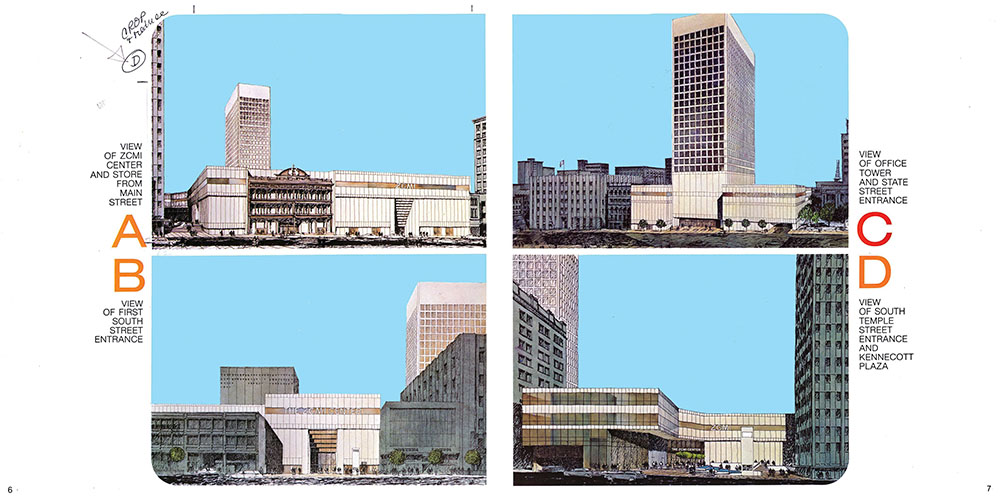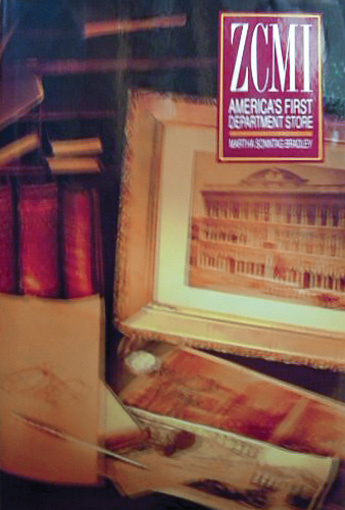At its inception, Zion’s Cooperative Mercantile Institution was a specifically Mormon institution. Known more often by its acronym ZCMI it was envisioned by Brigham Young, Utah’s Territorial Governor and LDS Church leader as a method for early settlers to financially cooperate to avoid price gouging from eastern merchants and acquire goods that could not be produced locally. ZCMI was often the only store in smaller Utah communities and was essentially the Utah equivalent of Sears & Roebuck along with its own catalog.
That’s frontier history. Meanwhile, the facade on the flagship store is a piece of American architectural history, says Robert Baird, a retired principal at Historical Arts & Casting. “Brigham Young wanted to build a model city,” Baird says. “He’d been to New York City and Philadelphia. He wanted to bring what those cities had to Salt Lake.” What those cities had was cast iron. Previously, large buildings were made out of masonry. However, the innovation of the cast-iron facade allowed taller, stronger structures with bigger windows.

“A department store is all over that,” says Martha Bradley, author of the book ZCMI: America’s First Department Store. “You want to display goods, and the advent of the cast-iron facade allows for this moment where life in American cities really takes off. Suddenly you’re walking down city streets, dazzled by this variety of goods. This sense of abundance made cast iron the backbone for a new era.”
Utah’s ‘Bloomies’

And with the completion of the transcontinental railroad, Young could bring cast-iron building technology to Utah. The facade was installed in 1868. Flash forward a century later. In 1973, the facade was slated for demolition to make way for the ZCMI Center Mall. There was an outcry from local preservationists like Baird’s father, Steven. The group demanded that ZCMI shoppers cut up their store charge cards and send in the pieces in protest, which they did. In large numbers. The “charge card” protest saved the facade. But déjà vu! It again faced the wrecking ball in 2006 to make way for yet another mall, City Creek Center. By 2006, ZCMI, after years of falling sales, had sold out to Macy’s, one of the marquee stores in City Creek Center. Macy’s owners, mindful of the history and beloved nature of the facade, agreed to preserve and install it on Macey’s storefront on Main Street. No credit card protest was required.
In her book, America’s First Department Store, Utah Historian Martha Bradley makes a compelling case that ZCMI was essentially the first department store in America. “From the word go, it had a range of products under one roof from dry goods to horse tack,” she writes. Take that Bloomingdale’s!
See more stories like this and all of our culture and community coverage. And while you’re here, why not subscribe and get six annual issues of Salt Lake magazine’s curated guide to the best of life in Utah?


